Tip: Are you a beginner surfer? Check out our tips & ticks on how to start surfing? and we also have a blog were we explain the safety rules & etiquettes in the water!
The 5 Surfing training programs & exercises
As stated before, additional training on land – whether it is at home or in the gym – can help you bring your surfing to the next level. A good surfing training program should incorporate exercises that improve the above mentioned elements.. In most cases, you don’t need any specific surf training gear.
1. Strength
Surfing requires physical strength. You need trained arms and shoulders to paddle and pop up on your board, a strong core to keep your balance, and powerful legs to perform your manoeuvres.

Surfing strength training
There are many exercises to build surf-specific strength. Classic exercises like pull-ups and pushups are great for your upper body, while squats, lunges and deadlifts help you strengthen your legs. You can make these exercises more challenging by adding weight or doing variations like clap pushups, jumping lunges and jump squats. If you want to strengthen your core, you can choose from a wide range of exercises that we will discuss in more detail below.
2. Endurance
Endurance is key in surfing. When you are in the water, you are constantly paddling and manoeuvring on your board to get into the best position. And, on top of that, sessions that last a couple of hours are no exception. This requires well-trained arms, shoulders and back muscles and great cardiovascular endurance.

Endurance training for surfing
You can build surf stamina with specific muscle training and all-around endurance training programmes. Swimming is very similar to surfing and is a great way to improve endurance. Another effective way to increase your cardiovascular endurance is to put on your running shoes and go outside. You don’t even have to run that long to improve your endurance and lung capacity – interval training is an even more effective way to build endurance. If you like gym group lessons , a HIIT workout is great to improve your overall condition.
3. Balance
Balance is another crucial component in surfing. Without it, you will not be able to maintain control and stability while riding a wave and will quickly fall off your board.

Balance training for surfing
Strengthening your core is a solid start when you work to improve your balance on the board. Most core exercises don’t require any equipment. Think of sit ups, crunches, planking, bicycle crunches and Russian twists. If you have a pull-up bar, try the hanging knee raise or toes to bar. Besides working on your core, yoga or specific balance training will enhance your balance. For example, try balancing on one leg and make it more challenging by bending your knees or keeping your eyes closed. You can also improve your balance with a balance board (also known as an Indo Board). This specific surf training equipment is designed to mimic balancing on a surfboard.
4. Flexibility
Surfing also requires a lot of flexibility. As a surfer, you need to be able to move your body quickly and with ease. A bigger range of movements makes performing your moves easier and helps to prevent injuries.

Flexibility training for surfing
Practicing yoga or doing stretching exercises improves your flexibility and mobility. Examples of good stretches for surfing are the hip flexor stretch for hip mobility, the quad stretch for leg mobility, the spinal twist for back mobility and the shoulder stretch for more flexibility in your shoulders.
5. The best training is catching waves!
Obviously, the best surf training is paddling out and catching waves.. The more you surf, the more you’ll improve your technique, balance and confidence. Additionally, spending time in the water will give you a better understanding of the waves and positioning yourself. When there aren’t any waves, hitting the water is still a good idea. Just paddle about to build endurance and get familiar with your board.
Surf nutrition
To become a better surfer, you should also watch what you eat. Before a training or a long surf session, it is recommended to consume foods with a low glycemic index (GI). These foods break down gradually and provide sustained energy over a longer period of time. In general, it is best to choose a balanced, varied diet. Each meal should contain the macronutrients carbs, protein, and fat. This helps you to maintain optimal blood sugar and energy levels. On top of that, we recommend staying away from processed foods and choosing whole foods instead.
Mental strength for surfing
Besides physical strength, you also need to be mentally strong when aiming to become a better surfer. Mental strength is about building confidence, staying focused, managing fear, and staying persistent and patient. With dedicated exercises, you can improve your mental strength and become a better surfer.
Conclusion
The best way to become a better surfer is to surf as much as you can. The exercises above can help you, however, to be fitter and stronger, and this will definitely help you to reach your surfing goals more easily!






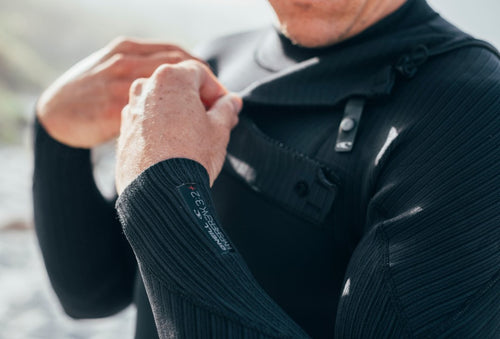
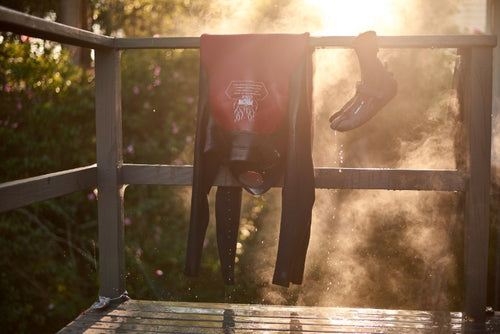


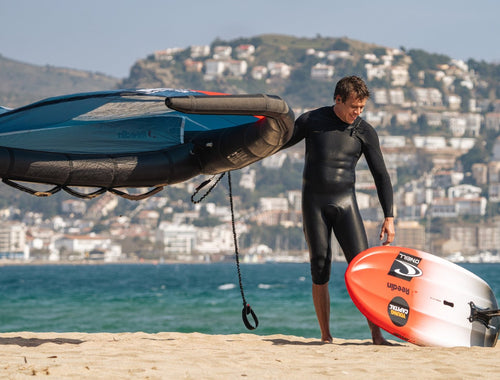
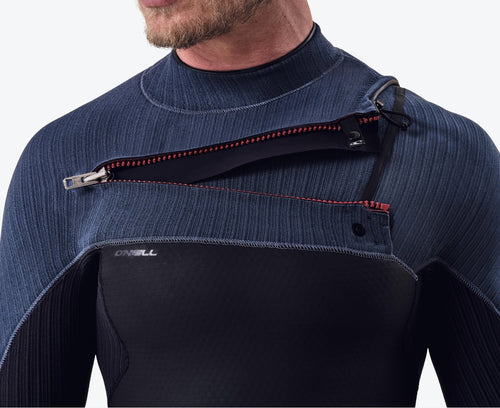
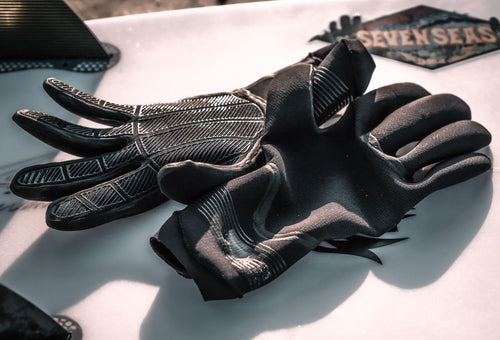
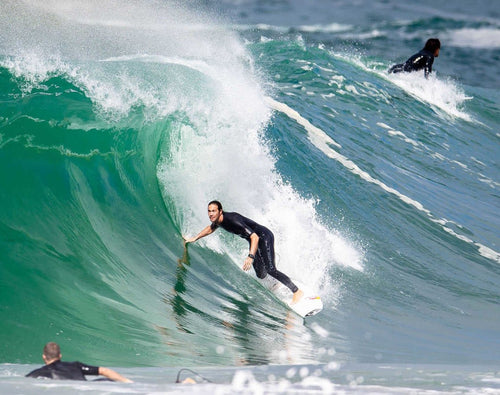
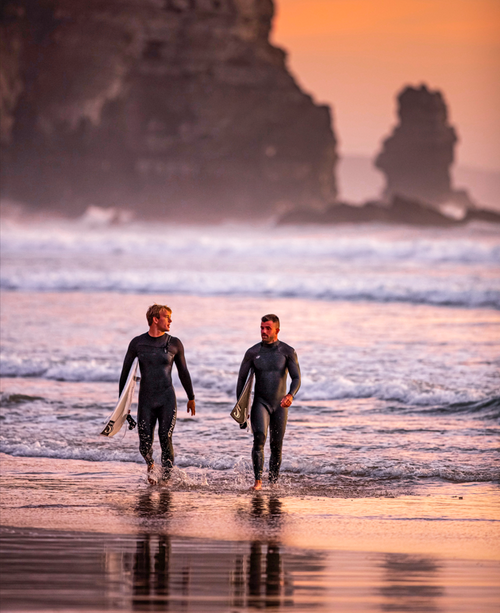


0 comments